I started building excitement for our visit to the rain garden by letting my son watch this video. That worked well- when we arrived, he was able to identify the purpose of the different features and was excited to point them out to me. However, our visit was on a bright, sunny day that followed several weeks of dry conditions. If you are unable to visit when it is actually raining, definitely go when there has been a lot of recent rain, so there is more to see.
The parking lot is closed on rainy days because the rain garden is attached to the skate park. However, the sidewalk access is always available and there is plenty of street parking nearby. The rain garden isn’t very big, so this is a good outing to sandwich in between a couple of errands (or at the tail end of an errand on the way home, so you won’t be about town with soaking wet kids) because it doesn’t take long to explore the whole area. It offers a lot of learning “bang” for not a lot of time “buck,” so we definitely plan to return for future visits.
The rain garden is handicap accessible, so we were able to get a non-jogging stroller into the rain garden area by going around back to the ramp. The big kids clambered over all the obstacles and had a great time. If you want a longer outing, combine this with a trip to nearby Upton Hill Regional Park. (Walking distance, so you can park once and play twice.)
6020 Wilson Blvd.
Arlington, VA 22205
Information Line
703-228-PLAY
From the website:
As designed by the park design team of Oculus along with artist Jann Rosen-Queralt, the site plan combines a children’s learning experience and a bioretention area into a single dramatic element of the park. Bioretention is a means of cleansing stormwater runoff through a man-made wetlands or “rain garden.” Construction of the rain garden was made possible by a grant from the Kiwanis Club of Arlington.
The flow and collection of rainwater is exposed and animated to further emphasize collection and placement of water into the bioretention system. The system contains several interactive components that function as stormwater collection devices and also provide interactive fun for children.
Water vessels collect water from the roofs of the park buildings and release the water a drop at a time after a rainfall, thereby creating a trickle of water for days afterward.
Water Pump and Water Flume. A water storage tank is installed beneath the bioretention area. Rainwater will is used to fill this tank. From this tank, water is pumped into a flume which runs through the nature area to the stream. Children may place objects in the flume and watch as they float downstream.
Wetland Plants and Stepping Stones have been placed in the bioretention area providing an opportunity for children to hop from stone to stone and touch, see and smell the wetland plants.
V-Ditch leaf impressions, jade river pebbles, copper bits from parking lot to rain garden.
Raindrop System. Drops of water will be released and fall from pipes on the restroom building for a few minutes every hour on the hour. This is expected to be an event that children anticipate. Children can play in the drops of water, collect them or run through them. A minimal amount of water will be used to maintain the wetland plants.
Wall Embedments. The concrete wall surrounding the Children’s Nature Area is embedded with long pieces of wood that will eventually decay to leave behind interesting impressions.
Looking for more playgrounds? Be sure to visit our NOVA Playground Map to find them by location! If your favorite is missing, please submit it!

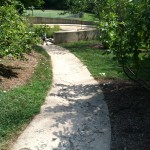
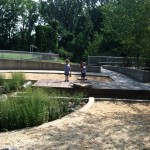
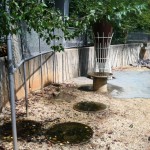
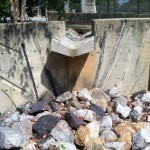

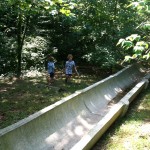

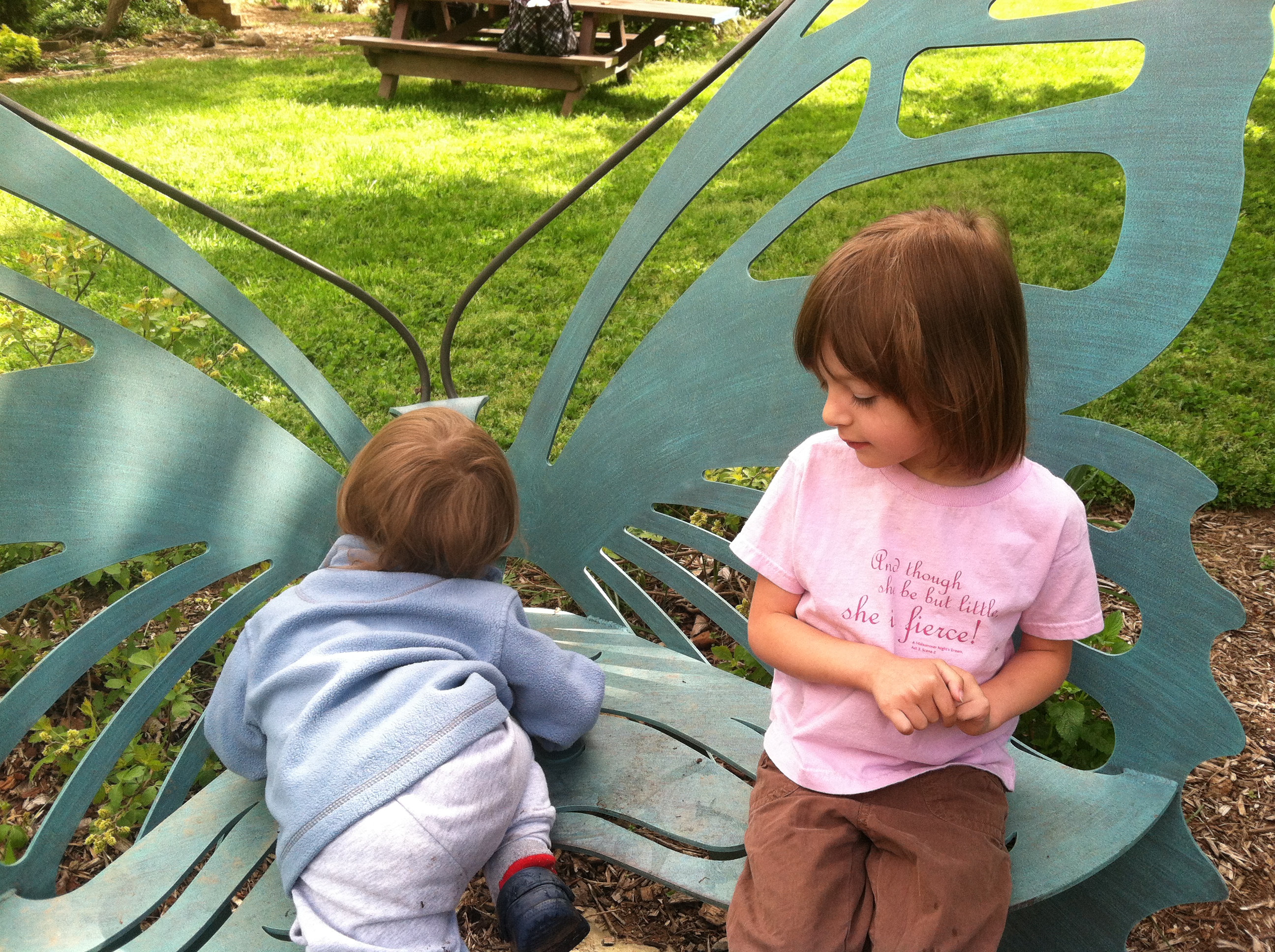
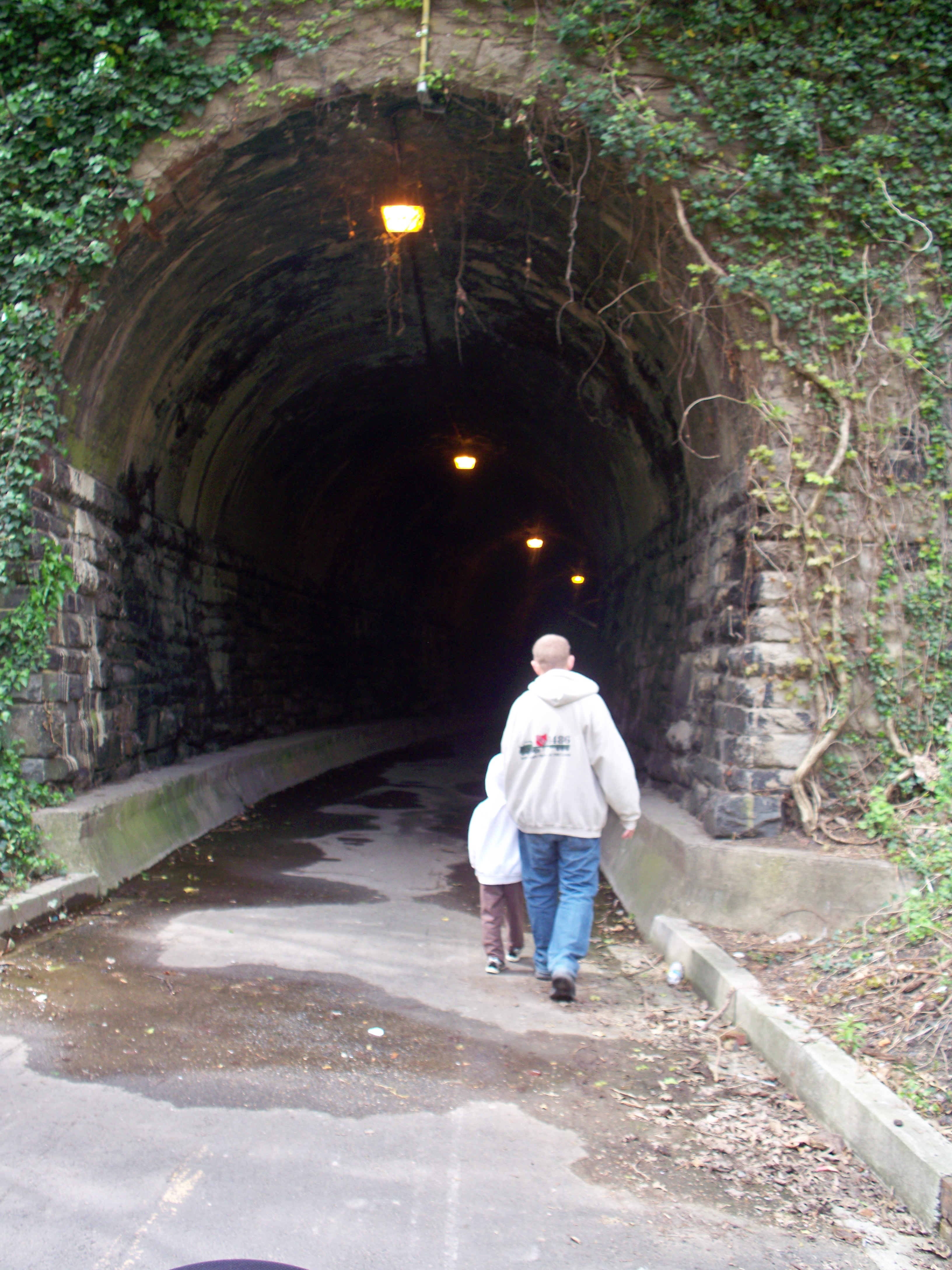
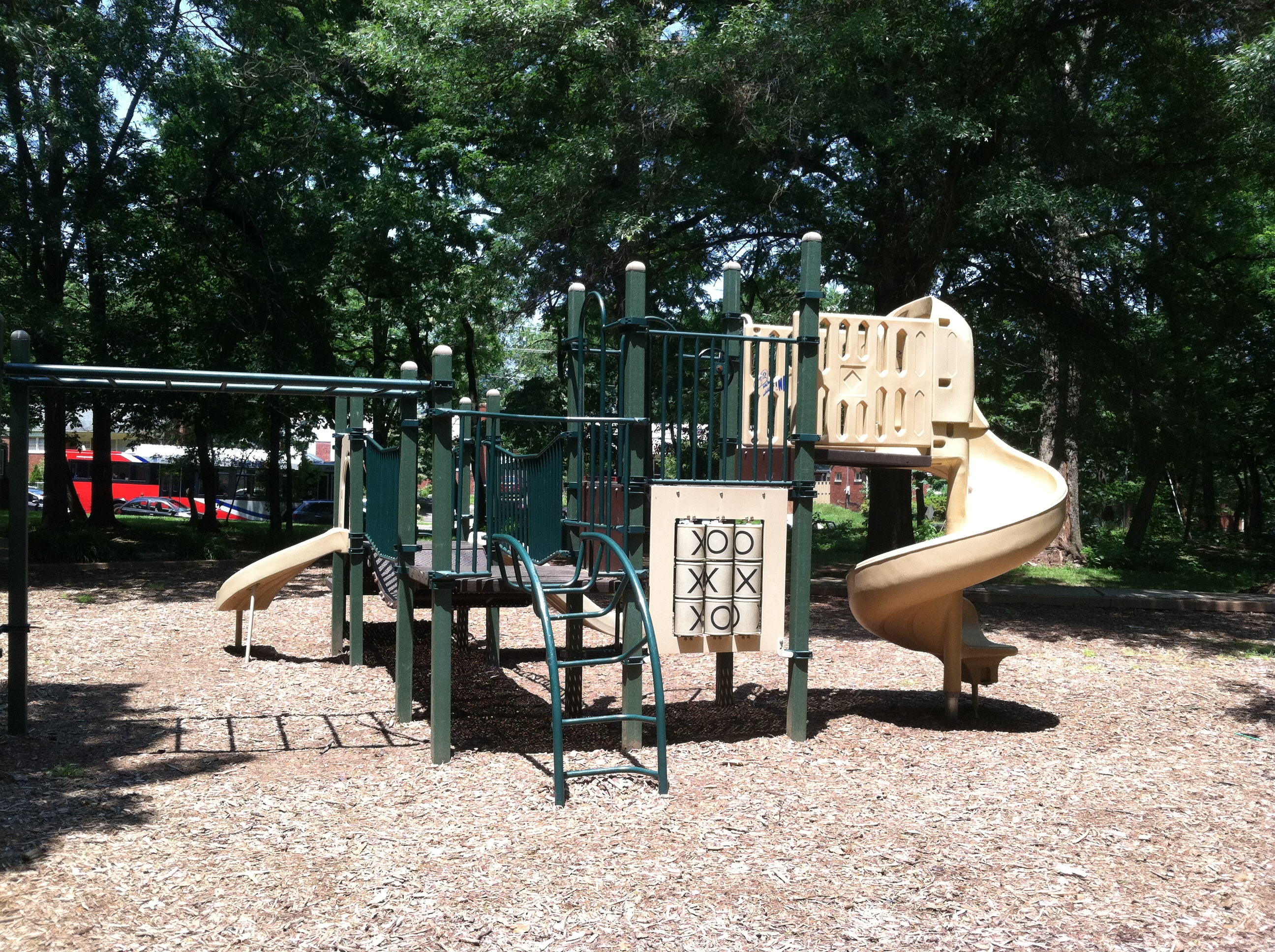
That park looks fantastic!! I wish they had something like that around where I live, I would love for my daughter to get to visit a place like that!